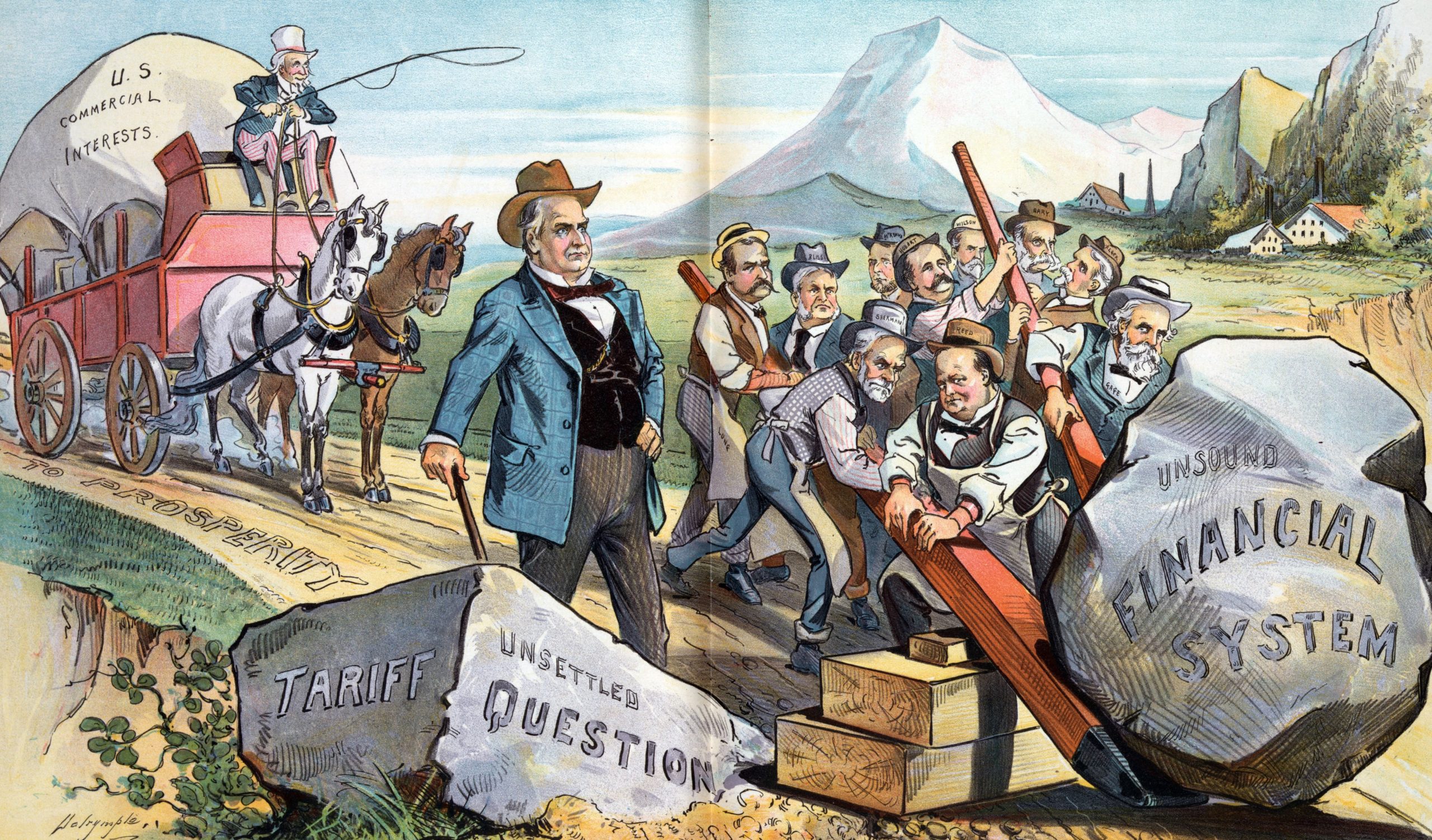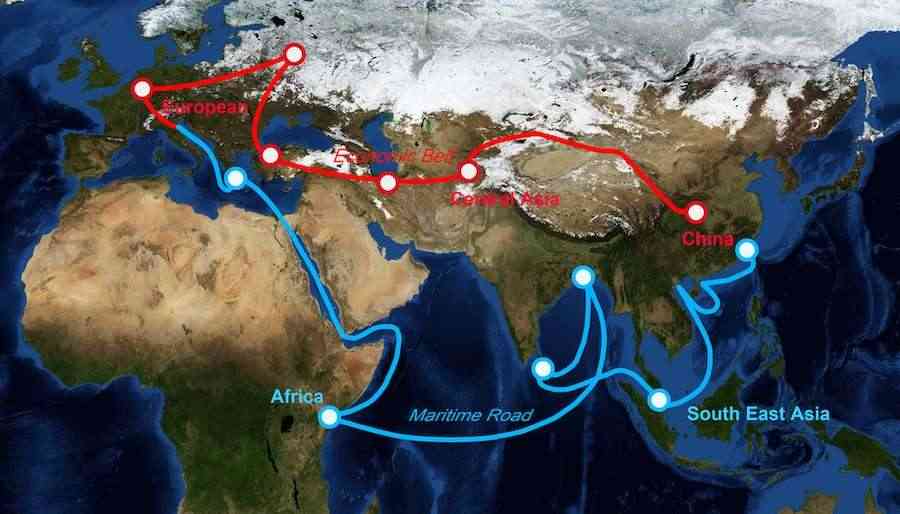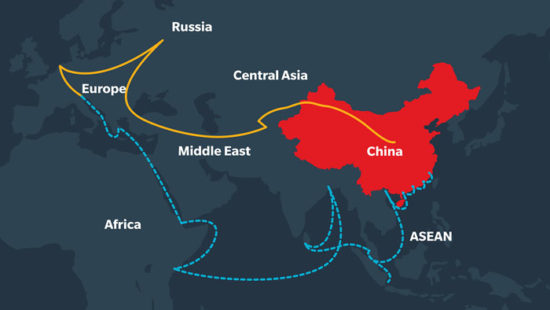The end of World War II marked the beginning of an extraordinary shift in global trade policy. While the early 20th century was defined by economic nationalism and protectionism, the post-1945 era saw the rise of free trade as a cornerstone of American economic strategy. Driven by a belief in global integration and mutual prosperity, the United States led the charge to dismantle tariff barriers, create new trade institutions, and open markets across the world. Explore the rise of trade tariffs and how GATT, NAFTA, and the WTO shaped global trade by lowering tariffs and expanding U.S. exports. A data-driven look at free trade’s evolution.wW
This transition from high-tariff isolationism to liberalized trade wasn’t just ideological—it was strategic. America’s emergence as a global superpower brought with it a vested interest in creating rules-based international systems that fostered peace, stability, and commerce. Institutions like the General Agreement on Tariffs and Trade (GATT), the North American Free Trade Agreement (NAFTA), and the World Trade Organization (WTO) were not just diplomatic achievements—they were economic engines that helped drive the American export economy and reshape the global supply chain.
In this blog, we analyze the role of these three key trade frameworks in lowering global tariffs and boosting U.S. exports. Through historical data, treaty analysis, and expert insights—including commentary from Mattias Knutsson, Strategic Leader in Global Procurement and Business Development—we explore how free trade transformed the American and global economy from 1945 to 2000.
GATT: The Foundation of Free Trade (1947–1994)
The General Agreement on Tariffs and Trade (GATT) was signed in 1947 by 23 countries, including the United States. It was the first major international effort to reduce tariffs and promote global trade cooperation.
Objectives and Early Impact:
- Promote free trade through gradual tariff reductions.
- Prevent protectionist spirals like those that followed the 1929 crash.
- Encourage international dialogue on trade rules.
Successive Rounds of Negotiation:
| Round | Years | Key Achievements | Average Tariff Reduction |
|---|---|---|---|
| Kennedy Round | 1964–1967 | Focused on industrial products | ~35% |
| Tokyo Round | 1973–1979 | Tackled non-tariff barriers | ~33% |
| Uruguay Round | 1986–1994 | Led to WTO creation; covered IP & services | ~38% |
By the end of the Uruguay Round, tariffs among major developed nations had fallen to less than 5% on most manufactured goods, compared to over 40% in 1947.
NAFTA: Regional Integration and Export Growth (1994)
The North American Free Trade Agreement (NAFTA), signed in 1994 by the United States, Canada, and Mexico, created one of the world’s largest free trade zones.
Key Provisions:
- Eliminated tariffs on most goods traded between the three countries.
- Established rules for labor, environment, and intellectual property.
- Included dispute resolution mechanisms.
Economic Impact:
| Metric | Pre-NAFTA (1993) | Post-NAFTA (2000) | % Change |
|---|---|---|---|
| U.S. Exports to Mexico | $41.6 billion | $111.3 billion | +167% |
| U.S. Exports to Canada | $100.2 billion | $178.8 billion | +78% |
| Total U.S. Trade (3 nations) | $290 billion | $774 billion | +167% |
NAFTA also encouraged supply chain integration, particularly in sectors like automotive, agriculture, and electronics.
WTO: A Global Trade Framework (1995)
In 1995, the World Trade Organization (WTO) replaced GATT as the formal international body governing global trade.
Major Differences from GATT:
- Enforced dispute resolution with binding decisions.
- Covered services, intellectual property (TRIPS), and investment.
- Required transparency and compliance from all members.
Global Reach:
- 164 member countries (as of 2024).
- 98% of world trade flows through WTO member nations.
- Facilitated significant tariff reduction and market access across goods and services.
For the U.S., the WTO provided both a platform to enforce fair trade rules and a structure to prevent unilateral trade wars.
The Rise of Trade Tariffs: How Tariffs Declined Globally

The period between 1945 and 2000 saw a consistent decline in tariff rates and a rise in global trade volumes. The U.S. played a leading role in promoting this liberalization.
| Year | Avg. Tariff (Developed Nations) | Global Trade Volume Index (1960 = 100) |
|---|---|---|
| 1947 | ~40% | 100 |
| 1970 | ~15% | 210 |
| 1990 | ~7% | 530 |
| 2000 | ~3% | 1,220 |
As tariffs declined, the world economy became more interdependent, and U.S. firms gained access to new markets and customers.
Challenges and Criticism
While free trade brought many benefits, it also created challenges:
- Manufacturing job loss in certain sectors due to global competition.
- Trade deficits, especially with China post-2000.
- Environmental and labor concerns in countries with lax standards.
These downsides led to rising protectionist sentiment in the 2000s and 2010s, ultimately culminating in renegotiations like USMCA and policies favoring reshoring and industrial self-reliance.
Conclusion:
Between 1945 and 2000, the global economic order underwent one of the most profound shifts in human history. U.S. leadership in shaping institutions like GATT, NAFTA, and the WTO enabled the reduction of tariffs and the rise of a truly interconnected global economy. These efforts expanded export markets, reduced consumer costs, and created trillions in new economic activity.
Yet, this journey was not without its contradictions. While many benefited, others were left behind—fueling a political and social reckoning that continues today. The future of trade will likely involve a more nuanced balance between globalization and domestic resilience.
Mattias Knutsson, Strategic Leader in Global Procurement and Business Development, captures this duality:
“The golden age of free trade created incredible opportunities—but it also revealed the cost of overlooking regional adaptation. The next phase of globalization must prioritize sustainability, inclusion, and digital integration.”
As we look back at this defining half-century, the decline of tariffs stands as both a symbol of progress and a reminder of the work still needed to build a more equitable global trade system.
Trumps Tariffs Trade War Series:
Historical Background
- From Protection to Prosperity: The Role of Tariffs in Financing Early America
- The Tariff Battles of the 19th Century: Industrial Growth and Political Divide
- How Tariffs Built Railroads, Factories, and the American Dream (1800–1912)
Background to Today’s Tariffs
- From Smoot-Hawley to the WTO: A Century of Trade Policy Shifts
- The Rise of Free Trade and the Decline of Tariffs: 1945 to 2000
- The Tariff Comeback: Why Tariffs Returned as a Political Weapon in the 21st Century
Trump Tariffs Deep Dive: Trade Wars with the EU, China, and Beyond
- Trump’s Tariff Strategy: National Security or Economic Gamble?
- EU Under Pressure: Wine, Steel, and the Automotive Tariff Threat
- The U.S.-China Trade War Timeline: From Tariff Waves to Tech Decoupling
- Collateral Damage: How Trump Tariffs Affected Mexico, Canada, India, and Japan
Country-by-Country Response Monitoring: Reactions to Trump’s 2025 Tariff Hike
- China Strikes Back: Export Controls, Rare Earths, and Consumer Tech Retaliation
- European Union’s Balancing Act: Strategic Patience or Trade Fight Ahead?
- Japan and South Korea: Strategic Allies or Silent Rivals in Tariff Diplomacy?
- ASEAN & India: Winners or Losers in the Tariff Shuffle?
- South America’s Role in a Polarized Trade World
Ongoing Monitoring and News Reaction: Tracking Trump’s Tariffs in Real-Time
- Week-by-Week: The Global Market Reaction to Trump’s 2025 Tariff Policy
- U.S. Companies Caught in the Crossfire: How Businesses Are Adjusting to Tariff Shocks
- From Retail to Rare Earths: Key Sectors Most Affected by New Tariffs
- Trade Talks Tracker: Are New Negotiations a Signal of Resolution or More Chaos?
- Inside the Beltway: How Congress, Lobbyists, and Think Tanks are Shaping the Tariff Narrative





